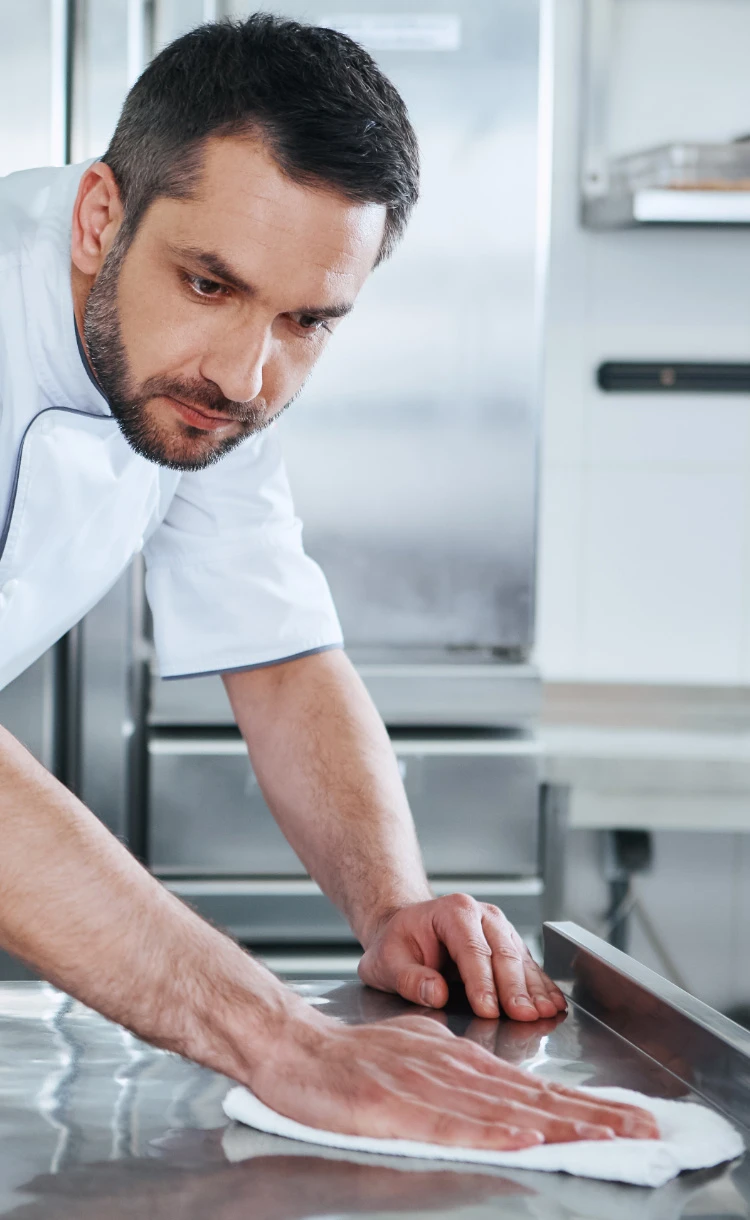Skip to content
* Voted most trusted laundry detergent brand by shoppers based on 2023 Brandspark Canada and America trust surveys
*** vs leading competitor dosage of 2 oz. per 10 gallon sink
Latest from P&G Professional
* Voted most trusted laundry detergent brand by shoppers based on 2023 Brandspark Canada and America trust surveys
*** vs leading competitor dosage of 2 oz. per 10 gallon sink

